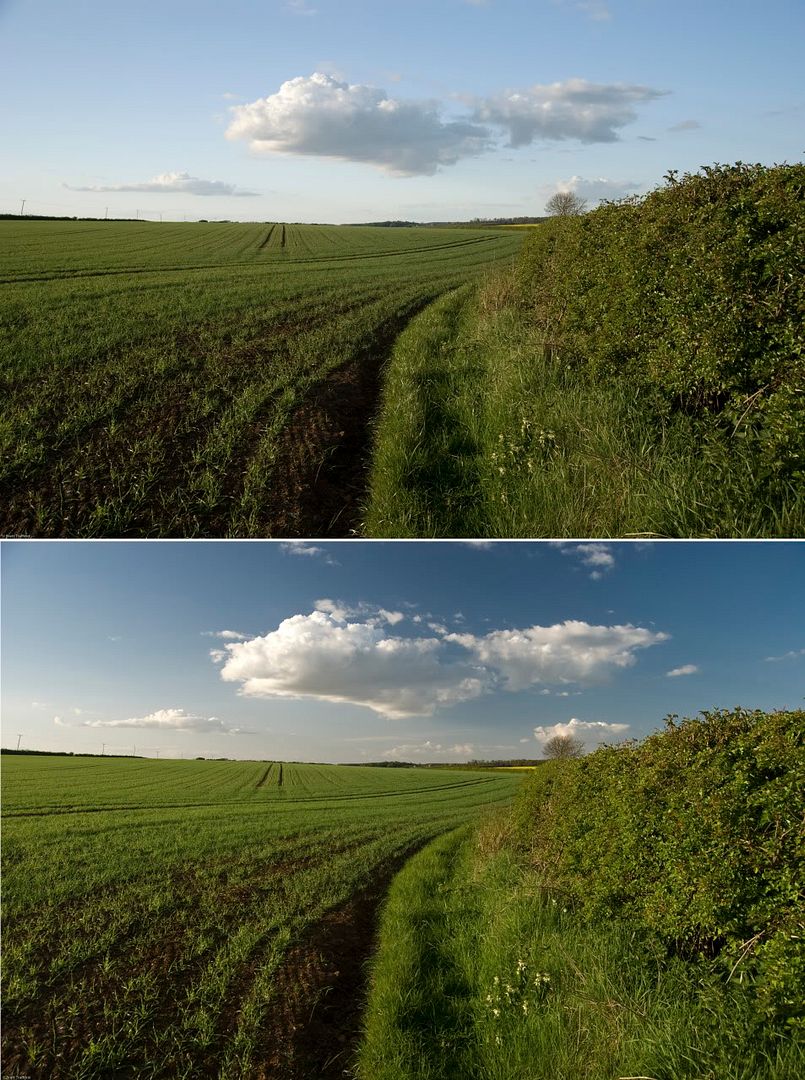But this post is not about playing to your strengths, you already do that, this is about using other photographers strengths to better your own.
As I have said every photographer has a style and with the thousands of blogs and web sites out there it takes only a short hunt to find loads of differing styles and approaches to photography; how to make use of this wealth of knowledge is the challenge.
First off you need to find some good sites, I use blog indexes and stumble to find new sites and I also visit people who visit me, thinking that they will either be photographers or people that visit lots of photography sites.
From just looking at different types of work you will pick up on new ways of looking at things and be inspired to photograph things you just have never bothered with before. This is all common sense and we all do it, to some degree, without thinking about it, but how many take this next step.
Before I shot my first wedding as the photographer, rather than a guest with a camera, I spent days looking at wedding photographers web sites, learning to see as they see and seeing what images I needed to capture. You do not get any second chances with a wedding so this was the best way to learn, I known this because I do it all the time, the next step after just looking at other people’s picture, recreating them.
Now by recreating them I don’t mean copying the image exactly but deconstructing the shot and trying to get the same sort of image.

I have just spent some time photographing handbags, the images were needed for a new web site, now I have never tried this before and it needed to be of a standard comparable to other sites selling the same type of thing. So I first went looking for examples of the type of shot needed and found that although the quality of the image varied, the best shots were very simple; a bag on a white back ground. Easy, so I placed the bag flat on the floor, on a white card and shot it. It looked crap. Next I sat the bag on a table with a white back drop, still crap, but by now I had 2 shots of my own to compare to the ideal and could see what I had done and also what was missing. The final shot was with the bag suspended in front of a white background, 2 flashes and some time spent in Photoshop. The learning that I got from this was immense and was something I could have tried years ago but had thought it was to easy to bother with.

Looking at other photographers work is by far the best way to grow and if you see a style of shot you like trying to reconstruct it not only teaches you a new way of working it can give you a whole new insight to the photographer original image.
One photographer that influenced me was Lisa from Glimpses through the mashrabeya, she shoots allsorts for her blog, but there is a style that has a recurring theme, black and white images which have lots of blurring and bleeding on the edges, very narrow depth of focus also plays a large part of the over all effect. I loved the effect so much I tried a number of times to recreate it and a number of my favourite shots taken for the blogs use this style, although not as well as she does yet.
So find out what your good at and then find a shot that is totally different and try to recreate it, it won’t always work the first time, but each time you try you will learn a little more










































